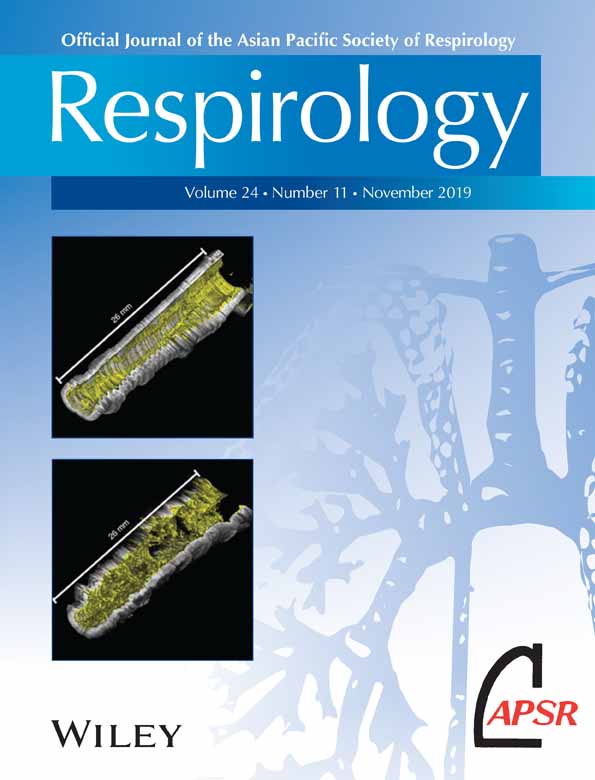Osteopontin lung gene expression is a marker of disease severity in pulmonary arterial hypertension
ABSTRACT
Background and objective
Osteopontin (OPN) is a pleiotropic cytokine involved in the proliferation of pulmonary artery smooth muscle cells (PA-SMC). OPN is upregulated in the lungs of patients with pulmonary hypertension (PH) associated with pulmonary fibrosis, suggesting that the lung is a source of OPN. We hypothesized that OPN lung expression is elevated in Group I pulmonary arterial hypertension (PAH) and is correlated to haemodynamics.
Methods
Microarray analysis (Affymetrix) was performed after RNA was extracted from explanted lungs in 15 patients with Group I PAH who underwent lung transplantation (LTx) and 11 normal controls. PA pressure levels were recorded intraoperatively, immediately before starting LTx. Serum OPN levels were measured in subjects with PAH, Group II PH and normal controls on the day of right heart catheterization.
Results
OPN was among the top five upregulated genes in PAH compared to normal controls, which was confirmed by reverse transcription polymerase chain reaction (RT-PCR). OPN expression was similar and equally elevated in different subtypes of PAH. A strong significant correlation was observed between mean pulmonary arterial pressure and OPN gene expression. Ingenuity pathway analysis showed the involvement of OPN in functions and networks relevant to angiogenesis, cell death and proliferation of PA-SMC. OPN serum levels did not differ in subjects with Group I PAH and Group II PH.
Conclusion
In the lungs of patients with severe PAH, OPN is highly expressed and the level of expression is significantly correlated to disease severity. OPN may play an important role in the vascular remodelling process of PAH.




